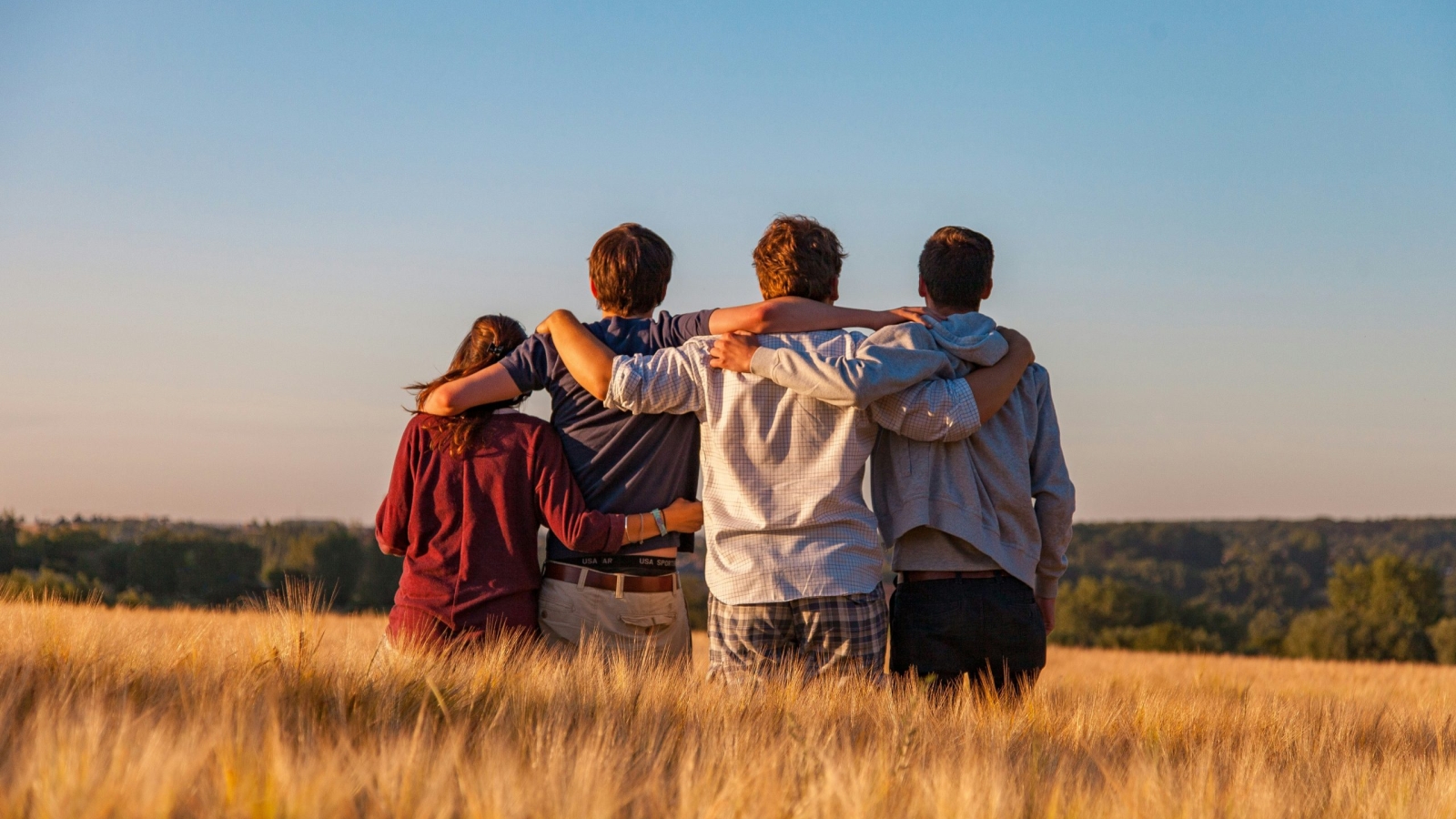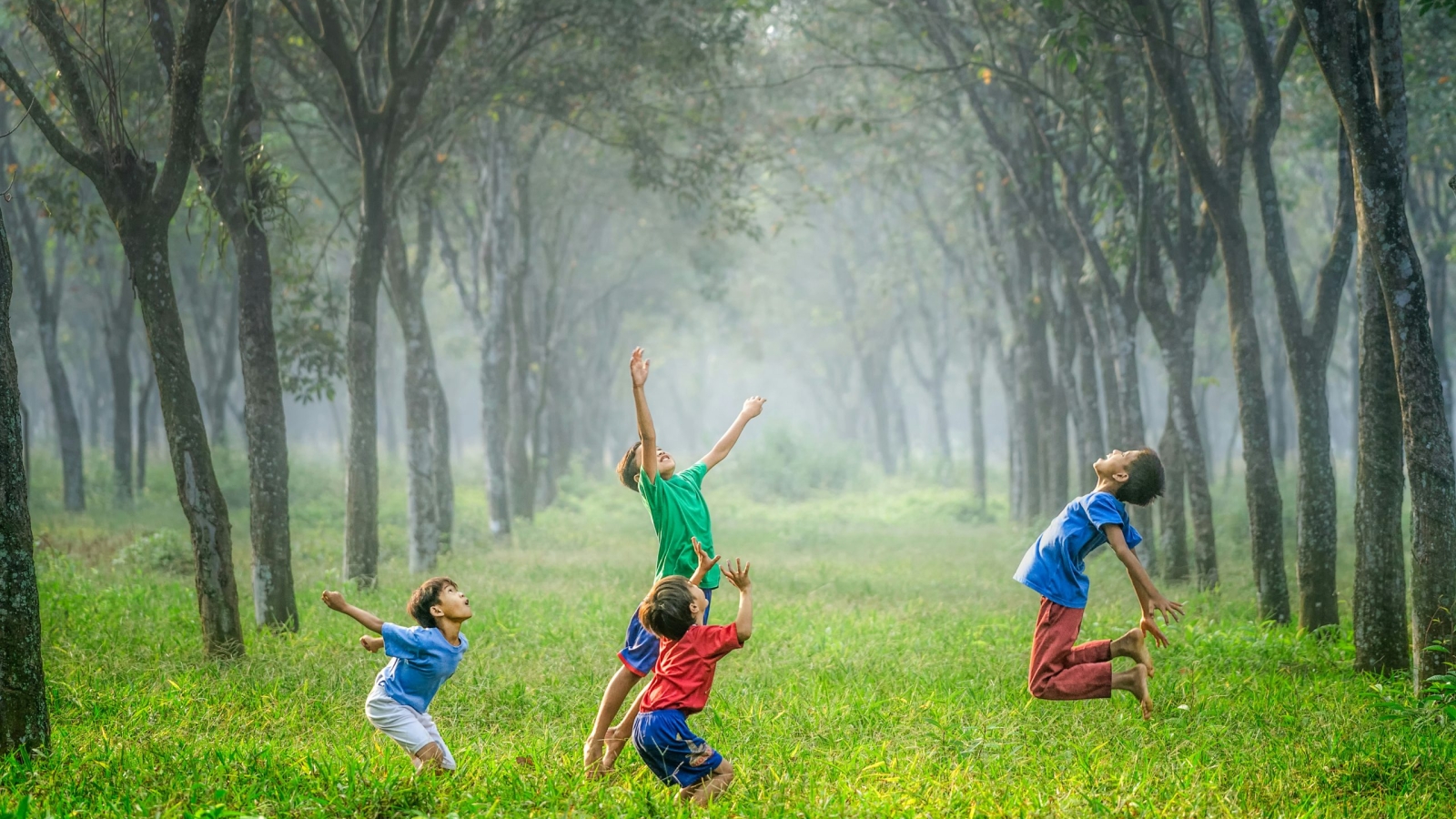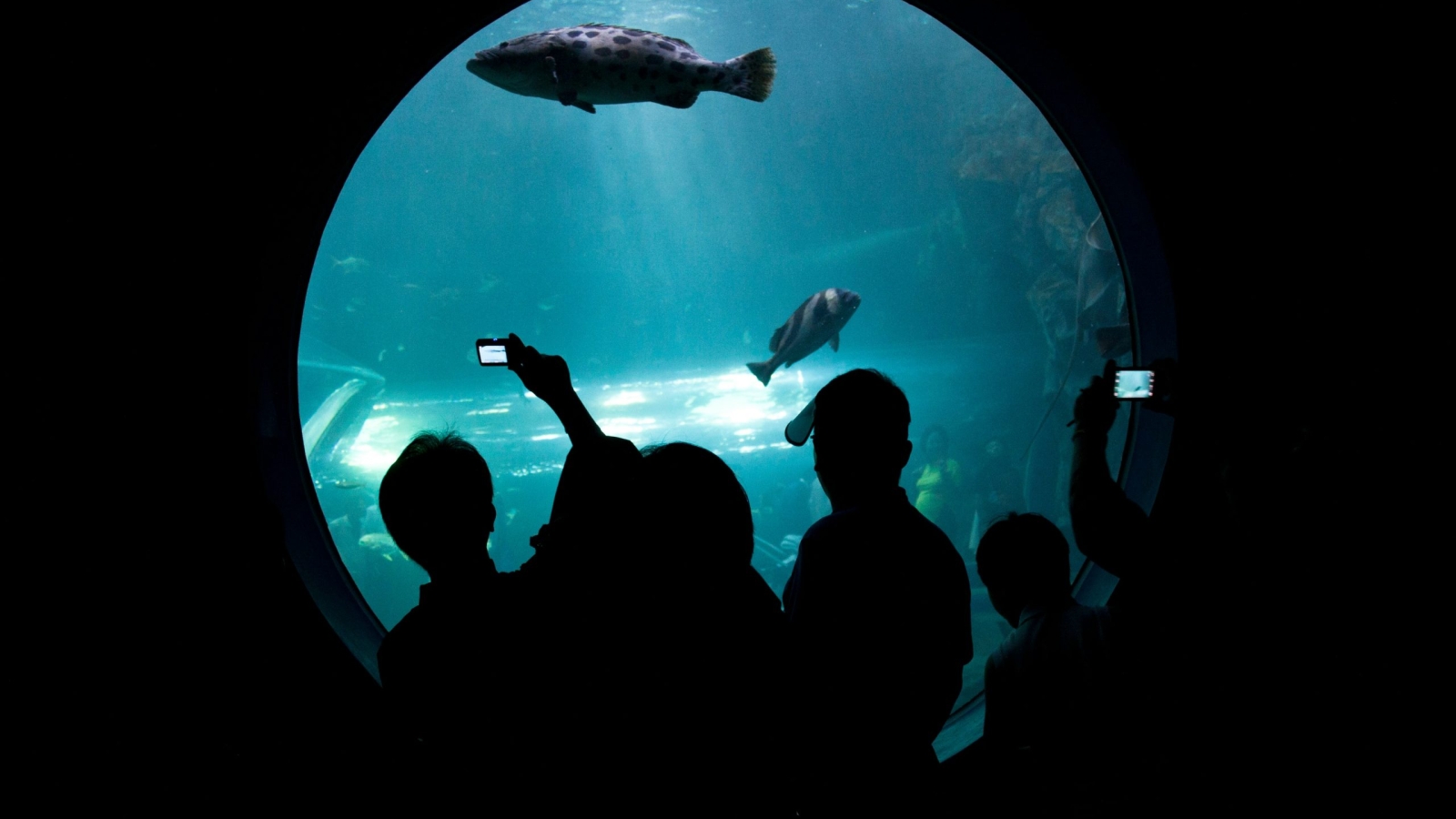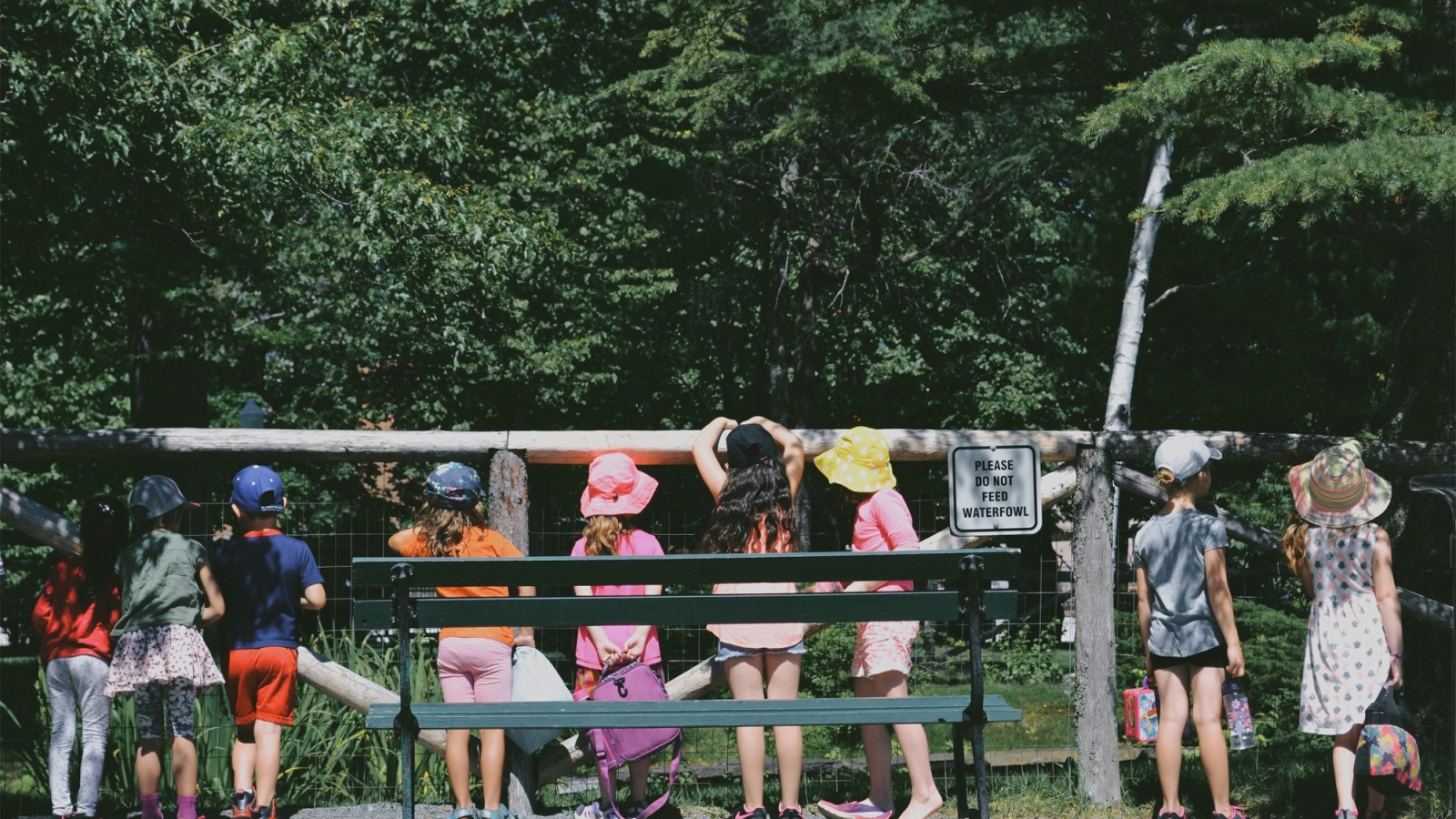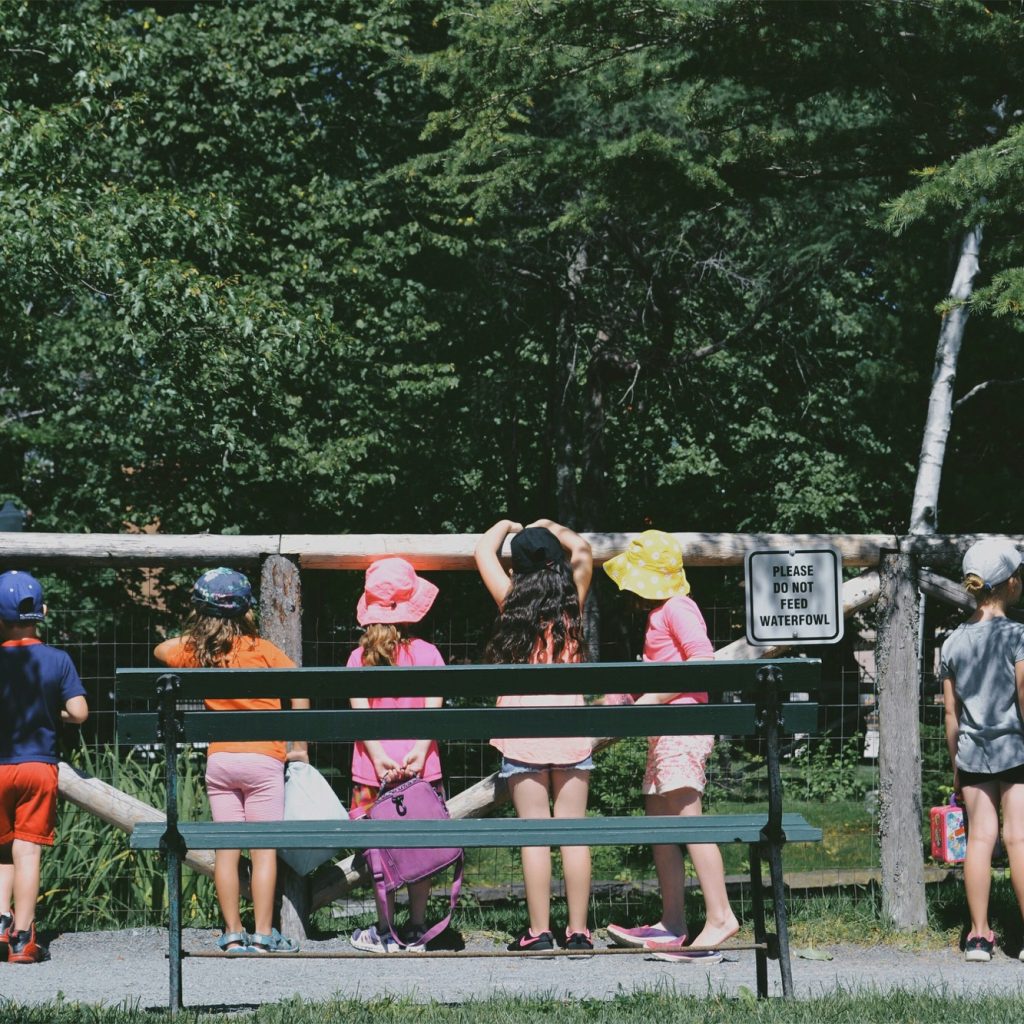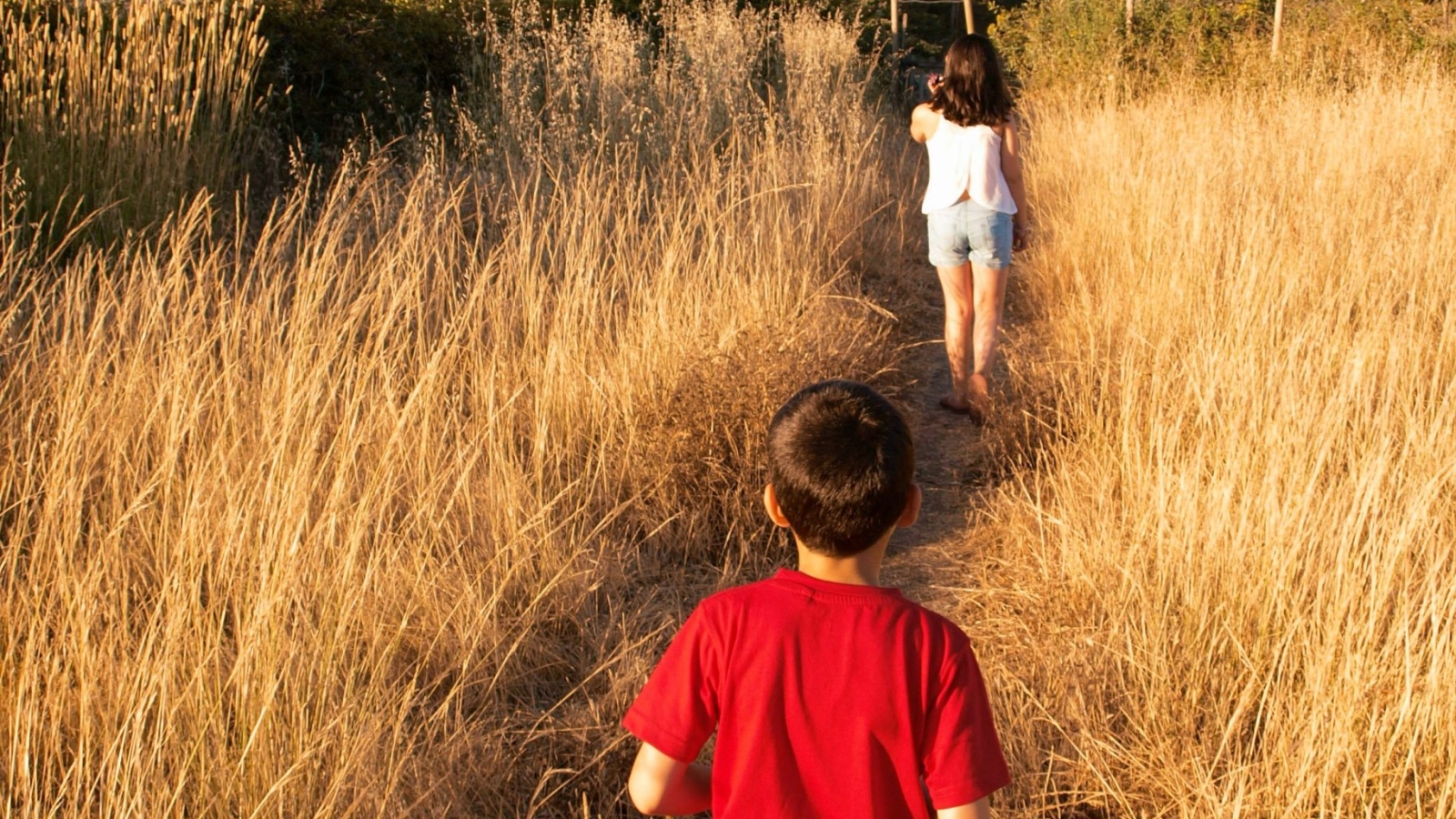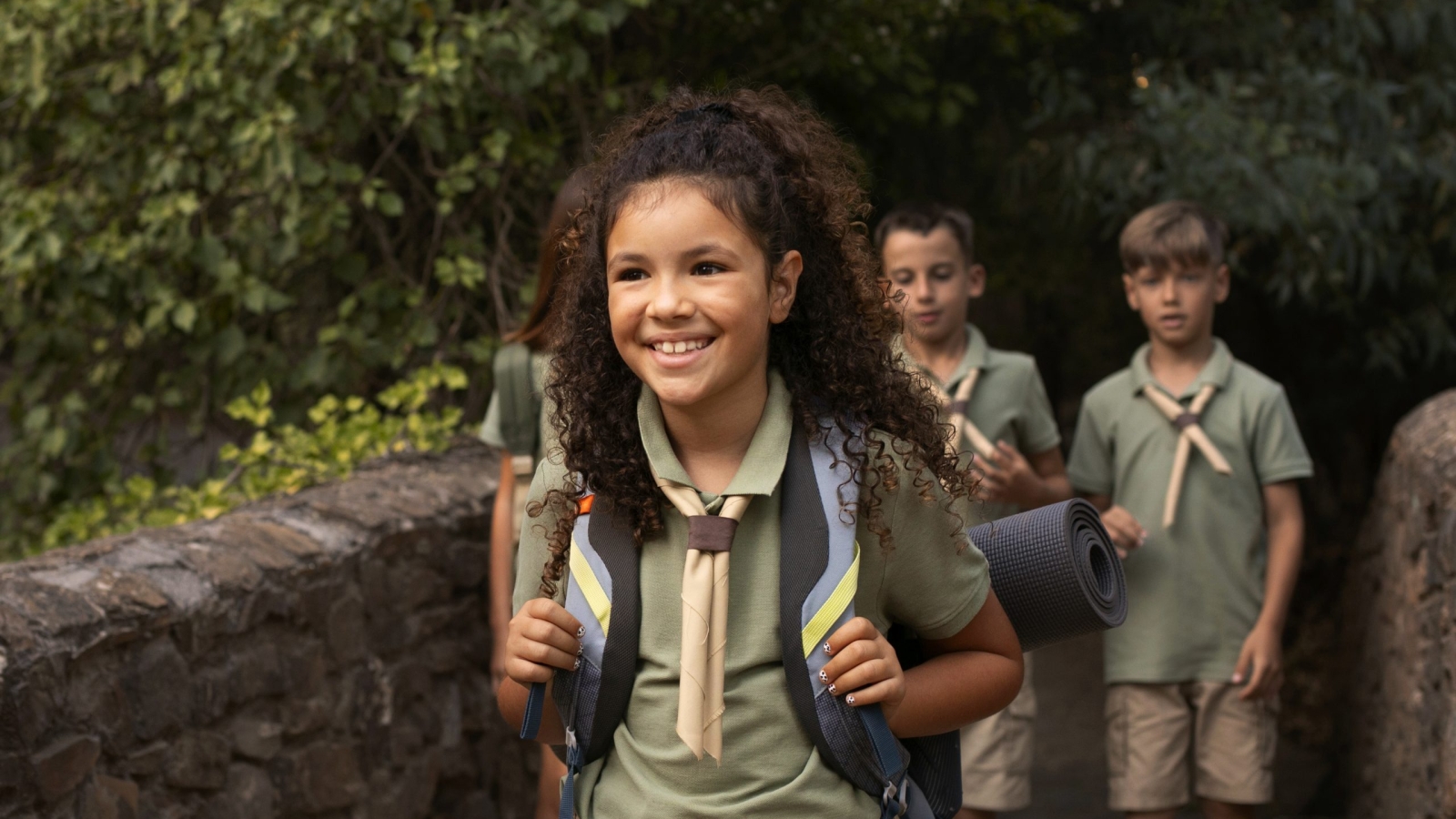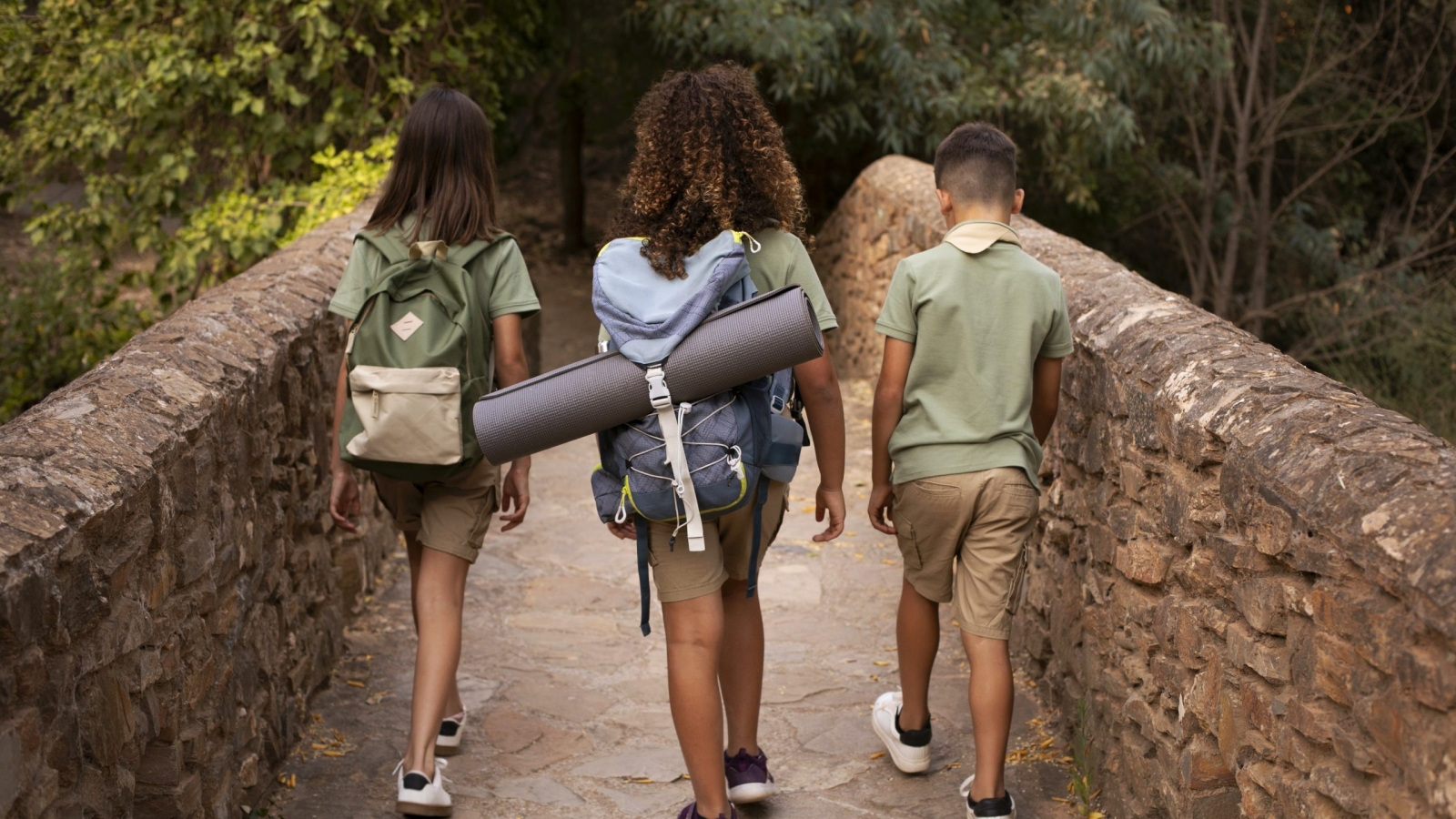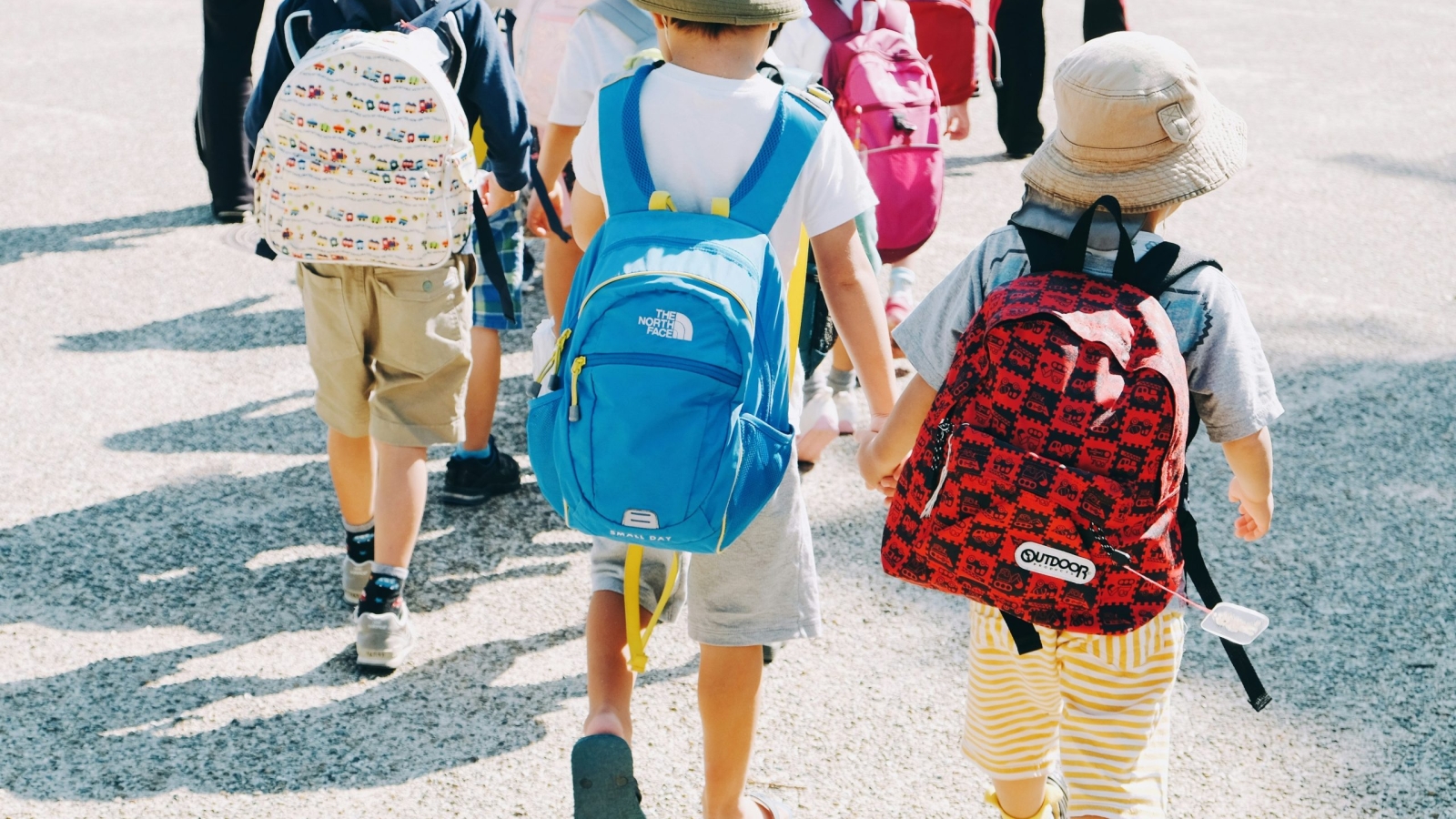In the fast-paced world of education, where technology and digital learning often dominate, the value of traditional field trips should not be overlooked. These excursions offer students unique opportunities to learn outside the confines of the classroom, providing experiences that are both educational and memorable. Here’s why field trips are an essential component of a well-rounded education.
1. Experiential Learning: Bringing Textbooks to Life
Field trips offer students the chance to engage in experiential learning, where they can see and touch what they’ve read about in textbooks. Whether it’s observing wildlife in its natural habitat, exploring historical landmarks, or engaging in science experiments at a museum, these hands-on experiences help to solidify theoretical knowledge. The tactile and visual stimulation that comes from real-world engagement can make abstract concepts more concrete and understandable.
2. Enhanced Retention: Learning that Sticks
Studies have shown that students who participate in field trips have better retention of the material covered. When students associate knowledge with real-world experiences, they are more likely to remember it. For example, a trip to a historical site can leave a lasting impression, making it easier for students to recall facts and stories related to that location. This enhanced retention is a powerful testament to the effectiveness of learning outside the classroom.
3. Increased Engagement: Making Learning Fun
Classroom learning can sometimes become monotonous, leading to disengagement. Field trips break this routine and provide a dynamic and interactive environment that can rekindle students’ interest in learning. The excitement of visiting new places and seeing new things can reignite a passion for discovery and curiosity, making learning a more enjoyable and rewarding experience.
4. Exposure to New Environments: Broadening Horizons
Field trips expose students to new environments and cultures, broadening their perspectives and understanding of the world. Whether it’s a visit to an art museum, a cultural festival, or a scientific institution, these experiences introduce students to diverse ideas and viewpoints. This exposure is invaluable in fostering open-mindedness and empathy, essential qualities in our increasingly interconnected world.
5. Interdisciplinary Learning: Connecting the Dots
One of the most significant benefits of field trips is their ability to integrate multiple subjects, demonstrating the interconnectedness of different areas of study. A trip to a botanical garden, for instance, can teach students about biology, environmental science, and even art and literature. By seeing how various disciplines overlap and interact, students develop a more holistic understanding of the world.
Making the Most of Field Trips
To maximize the benefits of field trips, it’s crucial to plan them thoughtfully. Here are a few tips for educators:
- Align with Curriculum: Choose destinations that complement the current curriculum to reinforce classroom learning.
- Pre-Trip Preparation: Brief students on what to expect and what they should look out for, ensuring they are prepared to make the most of the experience.
- Post-Trip Activities: Follow up with discussions, projects, or presentations that allow students to reflect on and share their experiences.
- Inclusivity: Ensure that all students have the opportunity to participate, considering any financial or logistical barriers that may arise.
Conclusion
Field trips are much more than a break from the classroom; they are a vital educational tool that offers experiential learning, enhances retention, increases engagement, broadens perspectives, and promotes interdisciplinary understanding. By incorporating field trips into the educational journey, educators can provide students with enriching experiences that foster a lifelong love of learning. So, let’s embrace the world beyond the classroom and unlock the full potential of our students through the power of field trips.

